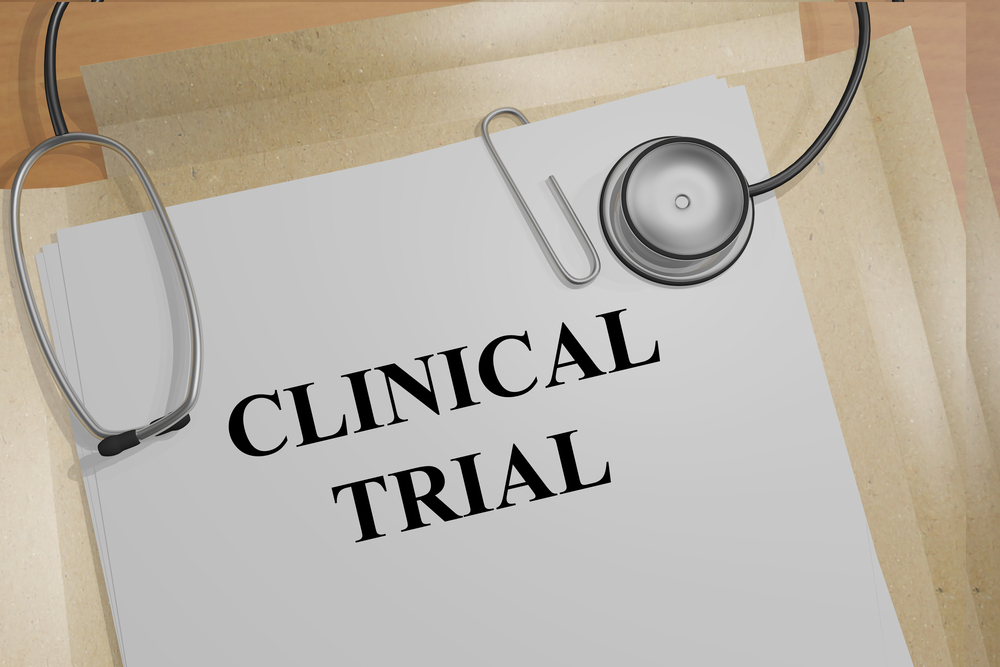Thalidomide Seen as Superior Pre-Stem Cell Transplant Therapy for Multiple Myeloma

A three-drug combination that includes thalidomide, in place of cyclophosphamide, prior to an autologous stem cell transplant was seen to improve response rates in multiple myeloma patients, according to the conclusions of a randomized, open-label Phase 3 trial, titled “VTD is superior to VCD prior to intensive therapy in multiple myeloma: results of the prospective IFM2013-04 trial,” published in the journal Blood.
Induction therapy using bortezomib and dexamethasone plus either thalidomide or cyclophosphamide are currently the standard of care before autologous stem cell transplantation (ASCT) for patients with symptomatic multiple myeloma (MM) who are younger than 66 years of age. But the combinations have not been prospectively compared.
“The goal of induction treatment before ASCT is the achievement of the highest possible response rate while avoiding an impairment of stem cell collection and significant toxicity that may preclude intensive therapy,” Philippe Moreau, MD, head of the hematology department at the University Hospital of Nantes, France, and colleagues wrote, according to a news release.
A previous analysis showed that bortezomib-based induction resulted in significant improvements in response, progression-free survival (PFS) and overall survival (OS) compared to non-bortezomib-based induction in transplant-eligible patients with previously untreated MM.
“The quality of response to the induction treatment prior to ASCT, as well as the response achieved following high-dose melphalan, are important prognostic factors and are predictive of PFS following ASCT. Therefore, it is important to optimize this first sequence of therapy,” the researchers said.
Moreau and colleagues conducted a randomized trial to compare bortezomib-thalidomide-dexamethasone (VTD) to bortezomib-cyclophosphamide-dexamethasone (VCD) as induction before high-dose therapy and autologous stem cell transplantation (ASCT) in 338 patients newly diagnosed with multiple myeloma. Patients were randomised to four cycles of VTD or four cycles of VCD.
Both groups received four, three-week cycles of 1.3 mg/m² of bortezomib subcutaneously on days 1, 4, 8 and 11, and 40 mg of dexamethasone on days 1 through 4 and days 9 through 12. Additionally, patients on the VTD group received 100 mg/day of thalidomide orally, and patients in the VCD group received four three-week cycles of 500 mg/m² of cyclophosphamide orally, on days 1, 8 and 15.
The primary endpoint was post-induction very good partial response (VGPR) rate, and secondary endpoints were complete response and overall response rates (ORR), safety of the induction regimen, and stem cell harvest.
After four cycles, on an intent-to-treat basis, 66.3% of patients in the VTD group achieved at least a VGPR, versus 56.2% in the VCD group. The overall response rate was also significantly higher in the VTD group than in the VCD group (92.3% versus 83.4% , respectively).
“Our results are of major importance since the quality of response to induction, and especially the achievement of at least VGPR, clearly correlates with the outcome following ASCT,” the authors wrote.
The rate of severe adverse events was similar between the two groups (VCD, 68.2%; VTD, 63.9%). However, hematologic toxicity was higher in the VCD group, with increased rates of grade 3 and grade 4 anemia (9.5% vs. 4.1%), thrombocytopenia (10.6% vs. 4.7%), and neutropenia (33.1% vs. 19.9%). The rate of grade 3 to grade 4 peripheral neuropathy was increased in the VTD group (7.7% vs. 2.9%).
Among trial’s limitations was that succeeding consolidation and maintenance therapies were at the discretion of the treating clinician, and PFS or OS data were not collected.
In this setting, VCD is less expensive than VTD, the researchers noted. But, they added, “The cost of thalidomide and cyclophosphamide is highly variable from one country to the other, but these two combinations are considered affordable for the majority of centers performing ASCT all over the world.”






